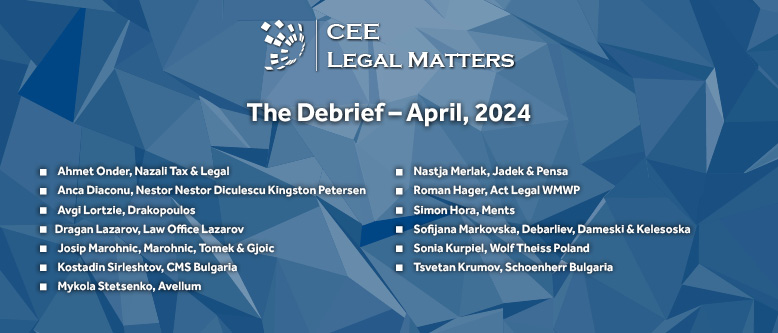In recent years, significant global events and unforeseen circumstances have had a profound impact on, among others, infrastructure projects. These events, whether global conflicts, health crises, or other significant occurrences, have triggered price changes in such projects. As a result, provisions of the Serbian Law on Obligations regarding claims for changes in price have gained prominence.
Article 637 of the Serbian Law on Obligations, titled “A Provision on Unchangeability of Prices,” addresses the circumstances under which the price of works in a contract can be changed despite a contractual clause stating otherwise. According to this article, a contractor is entitled to claim costs due to market price changes even if a contract includes a provision that the price of works shall remain unchanged even if the prices of the elements on which it was based increase. Namely, a contractor can still request a change in the total price of the works if, after the conclusion of a contract, market prices rise to such an extent that the price of the total works increases by more than 10%. However, in such cases, a contractor can only demand a difference in price that exceeds 10%, unless the increase in prices occurred after a contractor became late in fulfilling its obligations (execution of infrastructural works).
A notable decision by the Serbian Supreme Court of Cassation from 2016 shed light on the calculation of costs that occurred due to the mentioned market price change. The court ruled that the calculation of costs on a contractor’s part should be done after the issuance of the final payment certificate. This decision was grounded in the reasoning that only at that point can a contractor possibly have a comprehensive calculation of the full quantity of costs incurred with respect to the totality of contracted works.
As for the calculation method, to improve a contractor`s chances of sufficiently proving its claim before a court or arbitration, it would be best to assess the change between the market price and the contracted price for each element that constitutes the contracted price of construction works (e.g., price of material, labor, overhead). Each calculation of price change shall be considered at the time of each payment that a contractor has made on the project (e.g., payment for the purchase of material). This approach allows for a thorough evaluation of the impact of price fluctuations on various aspects of the project.
Following the Serbian Supreme Court of Cassation`s reasoning, once the final payment certificate is issued, a contractor is entitled to claim costs due to price changes as per Article 637 of the Serbian Law on Obligations. Consequently, the above-explained calculation of costs should encompass the period from the conclusion of the contract (not before, as that would be contrary to Article 637) until the issuance of the final payment certificate. Contractors should present their claim for the total costs calculated up to the certificate, considering the price change throughout that period applying the herein proposed method.
However, it is important to bear in mind that contractors are only entitled to claim costs that exceed a 10% change in the contracted price for works due to the change in the market price.
In conclusion, the correct interpretation and implementation of Article 637 of the Serbian Law on Obligations are of utmost importance in infrastructure projects, particularly in light of the recent economic crisis. The decision by the Serbian court to calculate costs after the issuance of the final payment certificate ensures a comprehensive assessment of expenses incurred due to price changes. Adhering to the recommended method of calculating cost changes between market and contracted prices provides a fair and accurate representation of the impact of price fluctuations on the project. Contractors can then claim the costs calculated up until the final certificate while considering the 10% reduction threshold. By following these guidelines, the Serbian infrastructure sector can effectively manage price changes and ensure the successful completion of projects.
By Jovan Nikcevic, Managing Partner, and Matija Savovic, Associate, Nikcevic & Kapor
This article was originally published in Issue 10.6 of the CEE Legal Matters Magazine. If you would like to receive a hard copy of the magazine, you can subscribe here.


























